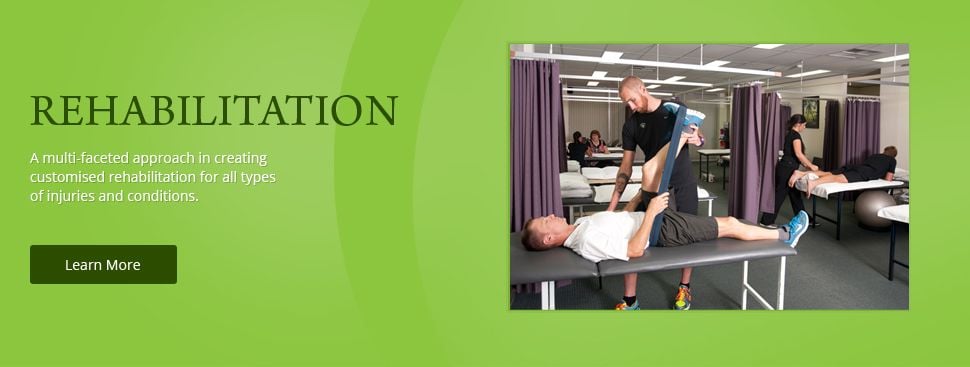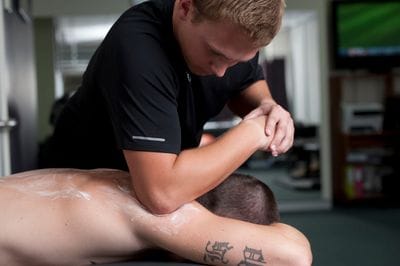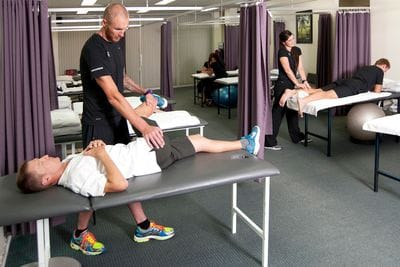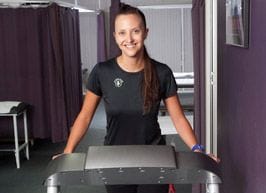Exercise Physiology
Individualised and structured exercise programs, specialised in return from injury, athletes or individuals wanting to improve performance, strength, power, speed, endurance, flexibility and/or overall lifestyle.

The Meniscus
The knee is one of the most commonly injured joints of the body. It often cops a lot of force and pressure throughout its life, both in sporting endeavours as well as in general activities of daily living.
A structure of the knee that commonly gets injured is the MENISCUS. It is a fibrocartilage structure that acts as the shock absorber of the knee and distributes loads throughout the knee joint. They are c-shaped, wedge-like discs that are situated on the tibial plateau, between the tibia and femur. Every knee has two menisci, a medial meniscus and a lateral meniscus.


Meniscal tears usually occur with a twisting mechanism. Often these injuries are with a slight bend in the knee, but not exclusively. However, repetitive or prolonged strain to the knee through activities such as squatting can result in degenerative meniscal tears, these degenerative tears can also result as part of the natural human aging process and wear-and-tear.
Meniscus tears can be managed both conservatively and surgically. Conservative management includes Physiotherapy for management of swelling, pain, restoration of full range of motion and strengthening of surrounding muscles to decrease the strain/pressure placed on the meniscus.
Surgical management can include cutting out the torn/worn parts of the meniscus and less commonly, stitching the meniscus to promote healing. Healing of the meniscus depends entirely on which portion of the meniscus you have torn (as well as age, children have a higher probability of healing).Only the outer 1/3 of the meniscus has a blood supply, without the blood supply the remaining 2/3 of the meniscus is rarely able to heal once torn, and as such, can only be trimmed/tidied up by a surgeon. Following surgery, Physiotherapy is recommended to once again manage swelling, pain, restore full range of motion and build strength of the surrounding muscles to reduce the amount of pressure/stress on the knee joint which will now be lacking some of its shock absorber.
Isolated traumatic meniscal tears are less common than an incident that also tears surrounding ligaments. Commonly the medial meniscus is torn with the ACL and Medial collateral ligament.
Many sports stars, weekend warrior sports stars and general population a-like have torn their meniscus and most return to their pre-injury activities/abilities. If you have a known meniscus injury (or a suspected injury) that is giving you some problems and affecting your activities of daily living, give our friendly receptionists a call and book in to see one of our Physiotherapists to get your rehabilitation underway and return you back to your full capacities of WORK, PLAY and LIVING.


)
)
)




